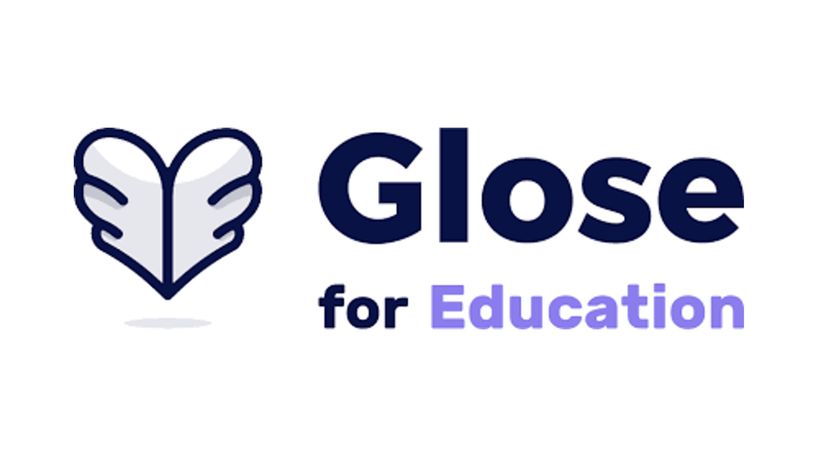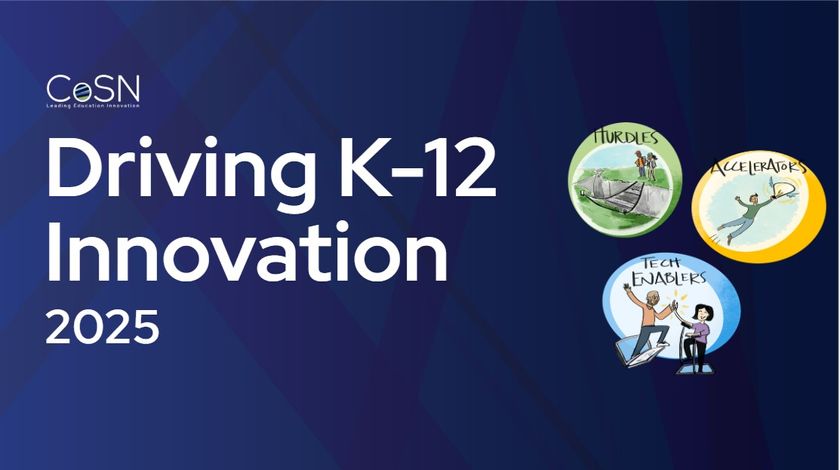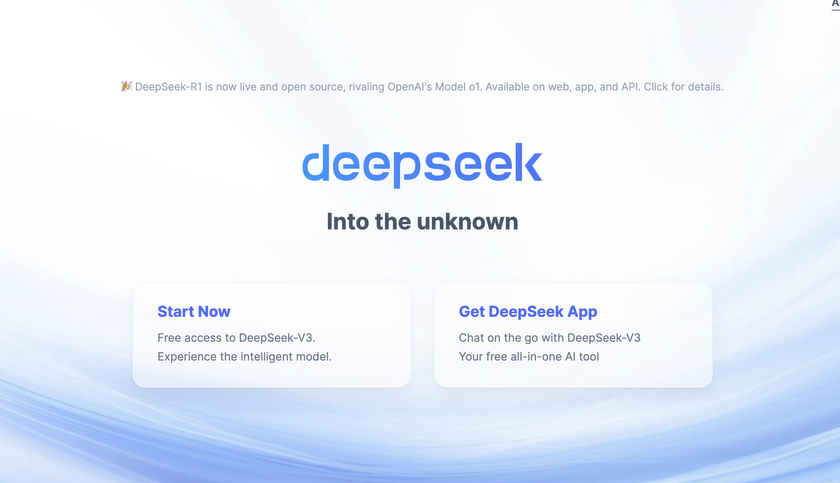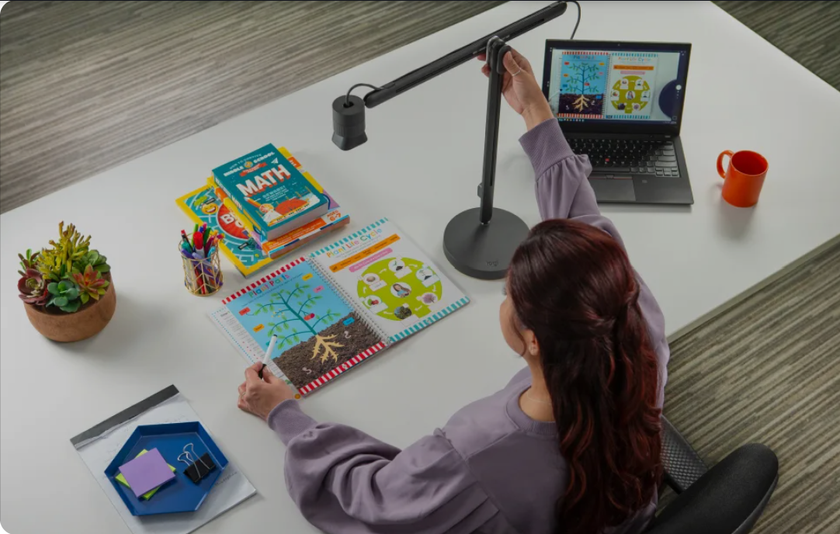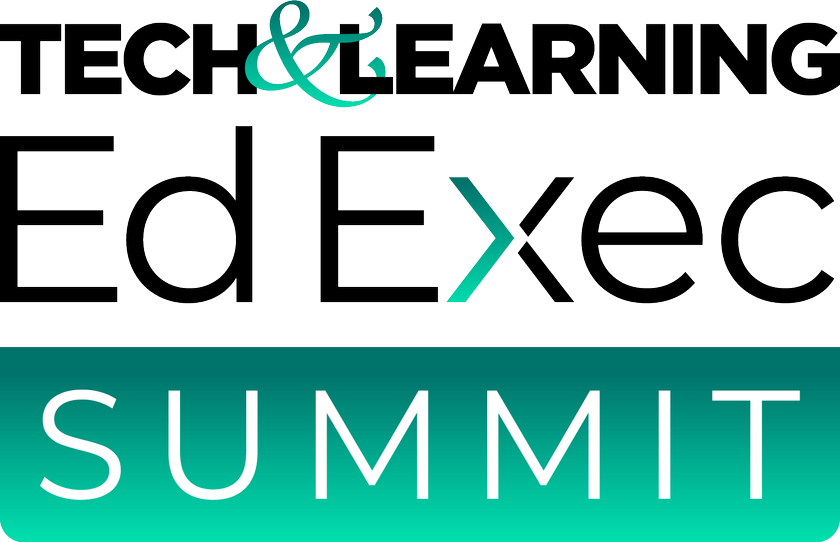Ten Technologies for Tech-Savvy Teachers to Use in A Laptop/Tablet Classroom
(all could be used in a traditional classroom with some modification)
1. Blogs—Teachers can create a blog for use in the classroom or students can create a blog as part of their learning/assignments. A blog is a website where entries are written in chronological order and commonly displayed in reverse chronological order. "Blog" can also be used as a verb, meaning to maintain or add content to a blog. Blogs provide commentary or news on a particular subject such as food, politics, or local news, but some function as more personal online diaries. A typical blog combines text, images, and links to other blogs, web pages, and other media related to its topic. The ability for readers to leave comments in an interactive format is an important part of many blogs.
Blogger
Blogeasy
Bloglines
Edublogs
Del.icio.us
Ed Blogger
Top 100 Educational Blogs
2. Wikis—Teachers can create a wiki, use a wiki as an online dictionary/encyclopedia or actually add information to an existing online wiki. A wiki is a collaborative website, which can be directly edited by anyone with access to it. A wiki enables documents to be written collaboratively, in a simple markup language using a web browser. A single page in a wiki is referred to as a "wiki page", while the entire body of pages, which are usually highly interconnected via hyperlinks, is "the wiki". A wiki is essentially a database for creating, browsing and searching information. The most commonly known wiki is Wikipedia.
Wikipedia
The Free Dictionary from Wikipedia
7 Things you Should Know about Wikis
Wikispaces
Wikimatrix
Wikibooks
3. Digital ink—Teachers can use this technology to correct assignments using a tablet laptop. Digital inking will only work with a tablet laptop. Teachers can correct assignments that students have sent them using digital ink. Digital ink is the ability to write on an existing document which has been retrieved and opened up on a tablet laptop. The teacher uses a stylus to write directly (correct an assignment) on the table laptop screen. The teacher than will save his/her handwritten corrections and return the document to the student. The process mimics how teachers correct papers now. The difference is that there is no actual paper used. Students will upload (their teacher will show them how) their assignments for review by their teacher online and then the teacher will send the corrected assignments back to the student via Internet or Intranet. This technology/skill/process will change the way we do business as teachers.
Digital Ink, Breakthrough Technology in Tablet PC, Brings the Power of the Pen to the Desktop
A Study of Digital Ink Student Artifacts to Inform the Scaling of a Classroom Interaction System
Digital Ink for Online Teaching
Mobile Devices in Education
A Study of Digital Ink in Lecture Presentation
Is Digital Ink All its Cracked Up to Be?
Tech & Learning Newsletter
Tools and ideas to transform education. Sign up below.
4. Online assignments, online exams, online worksheets, online note taking—Teachers in laptop high schools should be using one, some or all of these pieces/technologies as part of the student learning experience.
4 Teachers
Teach-nology
Teacher Resources Online
Google for Educators
Online assignments—Teachers can create an assignment and put that assignment (ex: Word document) out on the school's intranet. Students can then access the assignment, download it to their laptop or USB drive and complete the assignment.
Auto Assign
4 Homework
Homework Hero
Moodle
Tony Karrer's blog on Blog on eLearning, Collaborative Online Assignments, e-learning, eLearning tools, rapid eLearning, custom eLearning, learning management, authoring, blended learning and other aspects of eLearning Technologies.
Online Exams/Quizzes—Teachers can create exams/quizzes directly online and password protect them as well as change the order of the questions. Students will then log on to the exam site via their laptops and take the exam. Some software will allow exams to be automatically graded
ClassMarker
Web Testing Center
Kathy Schrock's Guide to Educators—Education Tools
Educational Web Portal at BHSU—Graphic Organizers/Puzzles/Quizzes/Worksheets On The Web
Blackboard
Desire 2 Learn
Online Worksheets—
Educational Web Portal at BHSU—Graphic Organizers/Puzzles/Quizzes/Worksheets On The Web
Worksheets 4 Teachers Worksheets
Teach-nology Worksheets
Worksheet Generator
Worksheets, Puzzles and Worksheet Generator
Printable Worksheets
Free Printable Worksheets for Teachers
Get Worksheets
Online Note Taking—Both teachers and students should be able to take notes online, either by typing in the information on a laptop or by using the digital inking feature if they have a tablet laptop to take notes using the stylus. Student can take notes electronically during class and teachers can take notes electronically in meetings or in their classrooms.
7 Applications for Online Note Taking from Web Wacker
50 Ways to Take Notes
Online Note Taking: Free Tools for Building Your Own Knowledge Base, Starting Now
2 Great Online Note Taking Solutions
34 Resources for Online Note Taking
5. E-books—Teachers can use as these electronic books as an integrated part of the curriculum. An e-book (e is for electronic book: also eBook) is the digital media equivalent of a conventional printed book. Such documents are either read on personal computers, or on dedicated hardware devices known as e-book devices or e-book readers
http://www.bhsu.edu/
http://www.gutenberg.org/
http://e-books.org
http://www.free-ebooks.net
http://www.mslit.com/
http://etext.virginia.edu/ebooks
6. RSS (Really Simple Syndication)—Teachers can use this technology to manage their online reading/review of new web based material. A RSS feed is a website that generates a behind-the-scenes code in a language similar to HTML called XML. This code, usually referred to as a 'feed' makes it possible for readers to 'subscribe' to the content that is created on a particular weblog(website) so they no longer have to visit the blog/website itself to view new information. As is true with traditional syndication, the content comes to you instead of you going to get it, hence Real Simple Syndication. You can use your e-mail if you have Outlook or Bloglines to set up these feeds. Then you just go to one place to see what is new on any number of websites. The power of this technology is mindboggling. You can now track many many websites and have the new information from those web sites sent to you.
http://en.wikipedia.org/wiki/RSShttp://www.webreference.com/authoring/languages/xml/rss/introhttp://radio.xmlstoragesystem.com/rcsPublic/rssHotlisthttp://www.bloglines.comhttp://email.about.com/od/rssfeedreaders/Find_the_Best_RSS_Feed_Readers_News_Aggregators.htmhttp://www.educational-feeds.com
7. Online Course Management Tools—Teachers can use web based programs such as Moodle, Blackboard or Desire2Learn to supplement face to face classes. This use of online course tools allows teachers and students more flexibility in what can be taught and how it is taught. Teachers can supplement a face-to-face class with online instructions including online assignments and online exams or quizzes.
http://www.blackboard.com/us
http://www.desire2learn.com
http://mason.gmu.edu/
http://www.sunilhazari.com/
http://www.moodle.com
8. Online Classroom Management Systems—Teachers can use a system such as SynchronEyes to manage a laptop classroom. Teachers must have some method of overseeing their student's laptops. Some students can become very 'creative' when given a laptop and the Internet. Teachers can also use these systems to send data files to their students and receive data files from their students. Some of the online mgmt systems have online testing and online polling features.
http://www.irvingisd.net/
http://www.internet4classrooms.com/
http://www.techlearning.com/
http://www.k12converge.com/
http://wik.ed.uiuc.edu/
http://doe.sd.gov/
http://appserv.pace.edu/
http://www.math.clemson.edu/
http://www2.smarttech.com/
9. Teacher Created Web Sites—Teachers can use their websites to disseminate information, assignments, corrected assignments, required reading, web based audio and web based videos, etc to their students. These sites can be accessed 24/7—anywhere, any time.
http://www.schoolworld.com/
http://www.kinderart.com/
http://www.preteacher.org/
http://www.geocities.com/heartland/
http://www.esu5.org/
http://www.myteacherpages.com/
http://lone-eagles.com/teacherstools.htm
http://www.signal42.com/teacher_web_sites.asp
10. Podcasts—Used as an integrated part of the curriculum. Teachers can create a podcast for their students or students can create podcasts as part of an assignment. A podcast is a digital media file, or a series of such files, that is distributed over the Internet using syndication feeds for playback on portable media players and personal computers. The term "podcast," like "radio," can mean the content itself either/or the method by which it is syndicated; the latter is also termed podcasting. The host or author of a podcast is often called a podcaster. Podcasts can be easily accessed from the Internet and as they usually don't include video, they usually do not have as many access problems. Podcasts can be played through Windows Media Player, RealPlayer or iToons. Podcasts can also be download to USB drives, iPods or MP3 players.
http://www.epnweb.org
http://www.podcasting-station.com/
http://www.idiotvox.com/
http://www.podcastalley.com
http://www.npr.org/rss/
http://www.sciam.com/podcast
http://podcast.com
Laura Turner is an educator at Black Hills State University in Spearfish, SD.


